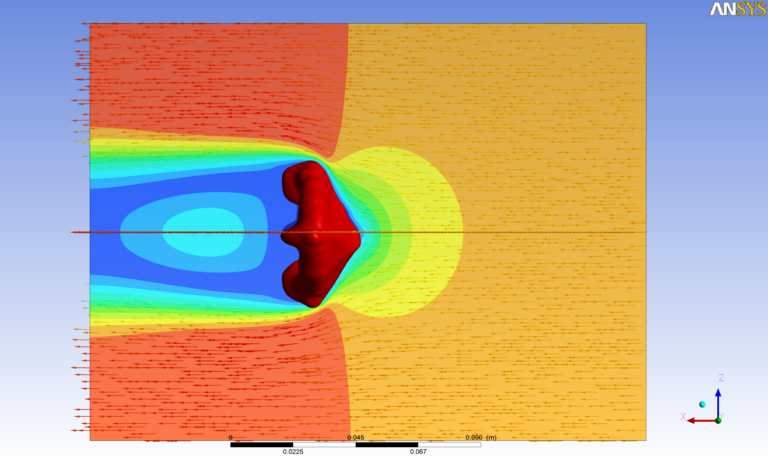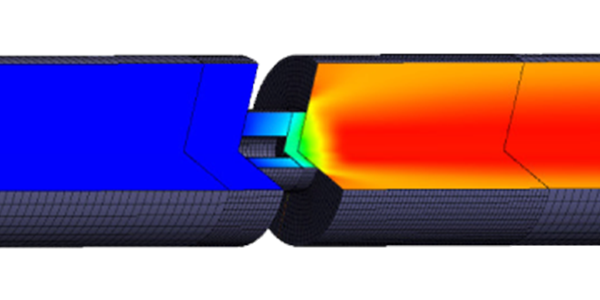Context
Particle Image Velocimetry (PIV) is a non-intrusive measurement technique based on three principles:
- Seeding the flow with tracers. These tracers are very small particles, which must follow the flow precisely, rather than their own trajectory. To achieve this, it is necessary to check that their Stokes number in the flow is well below 1.
- Illuminating the zone with a laser sheet. The light is scattered by the tracer particles.
- The final step is the acquisition of successive images using a CCD camera, which, by auto-correlation, will enable us to identify the particles at each instant, determine their displacement and ultimately their velocity (hence the name velocimetry).
Ultimately, this measurement technique enables us to characterize a velocity field with high spatial and temporal resolution, calculating an average field and analyzing its fluctuations in a two-dimensional plane, using a non-intrusive method but still requiring optical access.



